3 antagonists you must vanquish for successful B2B marketing
The conference room at the Sheraton LAX was cold as a morgue. Two hundred screenwriter wannabes sat like zombies enraptured by Robert McKee. After all, he is the world’s legendary screenwriting coach, and this was his famous, if not grueling, four-day screenwriting Story seminar.
I was in attendance not to write the next epic movie, but to learn what Hollywood knew about crafting and telling compelling stories that sell. I shared my experience in this post: 10 Screenwriting Tips Every Brand Storyteller Should Know. I even had the cantankerous McKee on my Business of Story podcast. Twice.
One of the screenwriting tips that stuck out for me over those two days is how the universe always pushes back. The hero in the story wants something, takes action to get it, and the universes says, “Uh uh, not so fast, Bucko.” And throws up an obstacle or antagonist to test their metal.
These instances of trial and failure reveal the hero’s true character. They reveal the character of your brand, too.
Leadership calls it a setback. Startups call it a pivot. You’ve heard the term, “Fail forward fast.” Or “Fail often.”
In Ron Howard’s movie, Apollo 13, NASA Flight Director, Gene Kranz, utters the now famous call to arms: “Failure is not an option,” in response to saving the lives of the three astronauts on the crippled command module.
Failure may not be an option for your firm, either. But it’s inevitable. Take a moment to use this video as inspiration to jot down a couple of your failures. They may not be as spectacular as a rocket blowing up on the launch pad, but they probably felt that way to you.
Villains, Fog and Crevasses
In chapter one in this series on the Story Cycle brand story strategy process, you detailed your backstory and defined your position statement: the #1 position your brand holds in the marketplace. In chapter two, you identified your top three audiences through customer personas. They are hero’s at the center of your brand story. Then in chapter three you determined what’s at stake in your brand story for both you and your customer. In chapter four you created your unique value proposition; how your brand is the most urgent and relevant option to answer disruption in the market and in the lives of your audiences.
Chapter five asks you to out the obstacles and antagonists in your brand story. We all have them. I categorize these barriers to progress – how the universe pushes back – as “villains, fog and crevasses.” It’s a more compelling way to consider what you and your brand are up against versus the straightforward Strengths, Weaknesses, Opportunities and Threats (SWOT) analysis. Plus, it makes you focus on the threats. This is where the greatest tensions are in your brand story and how you are going to overcome them.
Fear is your greatest foil
Villains are the competitors who are out to undercut your price, badmouth your service and steal your customers. Even abduct your employees, so to speak. Who are they and how does your unique value proposition position you in the hearts and minds of your audiences to repel your competitors’ relentless attacks?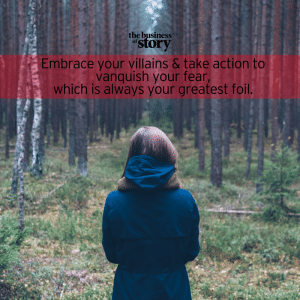
There are the lovable villains, too. These are the people closest to you who believe they have your best interest at heart when they question your every move. Theses family and friends are simply projecting their fear on you. Then your internal Chicken Little starts chirping about what could go wrong, why and how.
Embrace your villains and take action to vanquish your fear, which is always your greatest foil. Replace scarcity thinking with a mindset of abundance.
Now, ask yourself what villains your customers have to wrestle to buy into your product or service? What do they see and hear about your industry and your brand, and who influences them in their decision making? These are all important questions to answer so that you know what kind of story to tell and where? Authoring your brand story with this insight will clarify how you have to deliver on the promises you make in your stories relative to product performance and customer service.
What you don’t know you don’t know
If villains are those out to upend your brand, then Fog is your blind spots. Where do you think the term, “Fake it ’til you make it,” came from?
What are the blind spots you and your brand are confronting? How will you bring more clarity to your journey, and how will you be prepared to pivot when a new challenge or opportunity appear through the mist?
What do your customers not know about your brand, product or service, and how will you become the lighthouse on their journey? What stories do you need to tell them and where to illuminate the urgency and relevancy of your offering?
Mind the gap
The last category in this triumvirate of trouble are the crevasses. Where are the chasms in your story and the gaps in your performance? We all have them and we have to be honest about these weaknesses.
I experienced a crevasse in our performance when some of our agency clients complained that they were inspired by the brand story we help them create, but we frustrated about how to activate it in their communications. I had to find a way to bridge the ravine from brand story creation to activation. This weakness became a strength as it informed the creation of chapters seven and eight in the Story Cycle. It helped us define the simple three-act customer journey map of awareness, adoption and appreciation. This outlines how and where to activate your brand stories depending where your audiences are within these three acts of brand engagement.
I must admit that a few our first attempts to bridge this gorge looked a little bit like Galloping Gertie.
What are the crevasses your audiences must navigate to buy into your story and engage with your brand? How do you bridge the divide between want and need, time and money, scarcity and convenience, innovator and early adopter? How do you help your customer by turning their Galloping Gertie into a new bridge to their future?

Your story SWOT analysis
Now that you’ve had the thrill of fingering the villains, fog and crevasses in your brand story and how your customers must overcome these obstacles and antagonists to engage with your brand, create your story SWOT analysis.
Yes, I do recommend creating a SWOT analysis, but only after you’ve approached your villains, fog and crevasses with the humanity of an author balanced with the steely grit of a marketer.
Here’s what ours looks like…
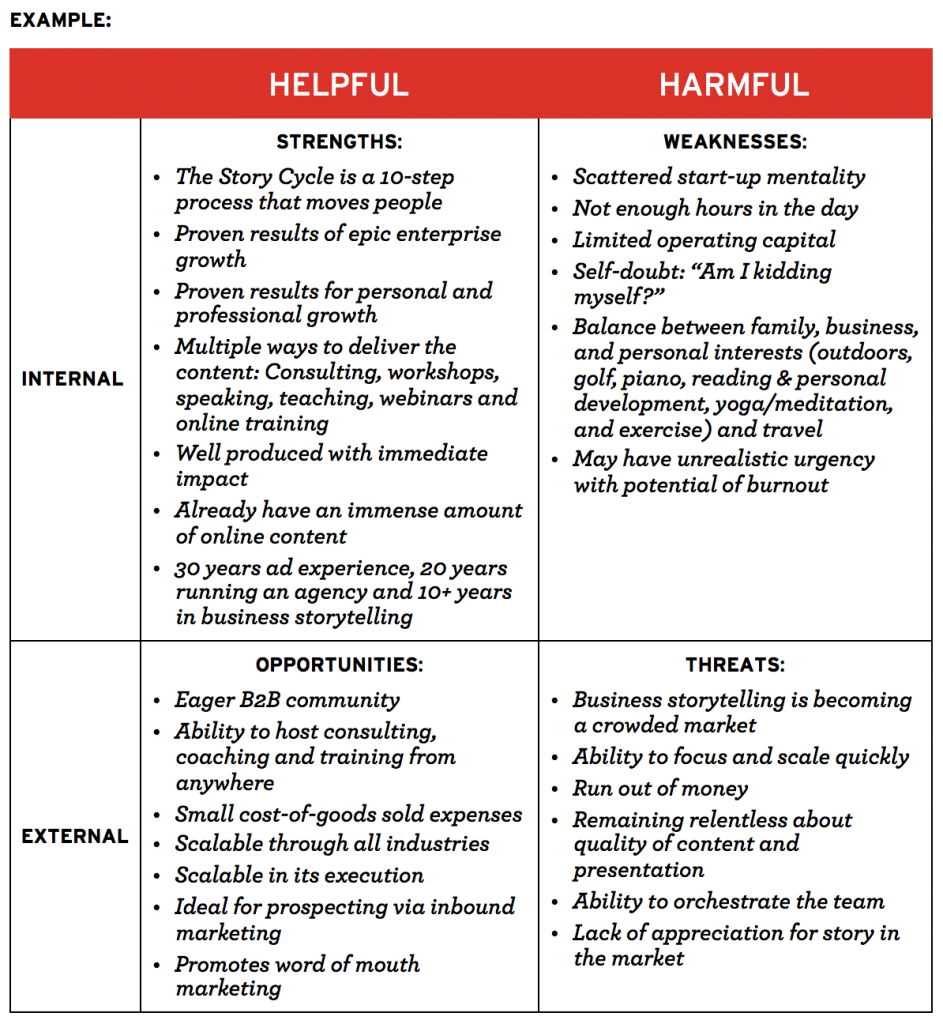
Ultimately, you have to get real with the obstacles and antagonists – your weaknesses and threats – that thwart your progress. You also have to understand and appreciate the journey your audiences are on so that you can help them vanquish their villains, fog and crevasses. This is where true brand bonding begins. We’ll talk more about that in future articles.
In the meantime, you can start crafting your brand story strategy for your professional services firm now in this DIY guide. And start bridging your employee, customers, shareholders, stakeholders and community to the future they deserve.
(This is post #5 of 10 articles that guide you through the Story Cycle brand story strategy. My goal is to help you refine and define your brand story and get it heard to grow your enterprise and your people. To aid you in this pursuit, download your Your DIY Guide Craft and Tell Compelling Brand Stories That Sell workbook.)

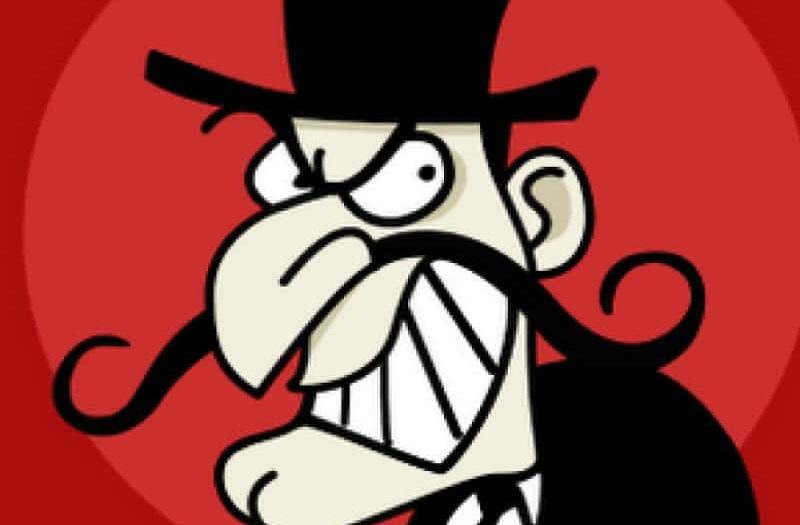
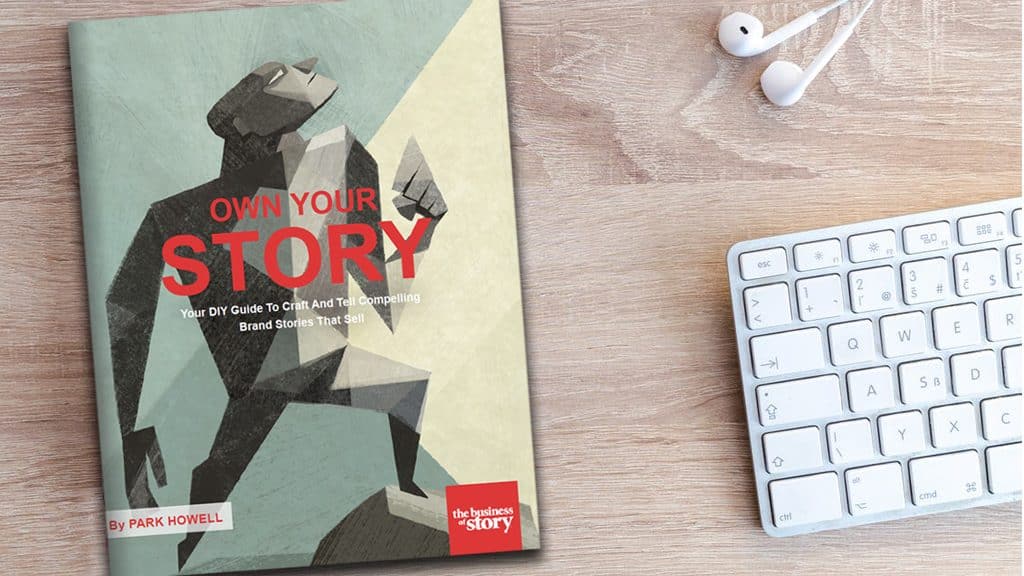
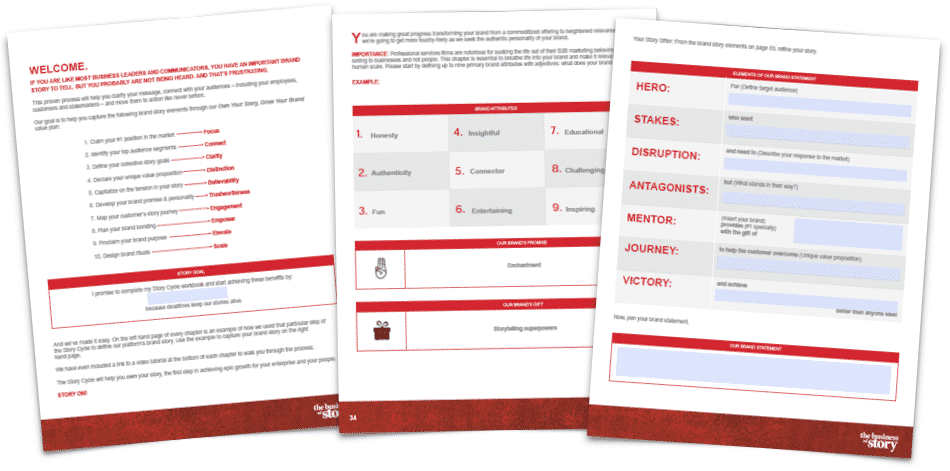

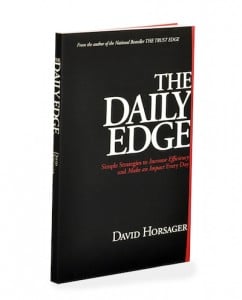
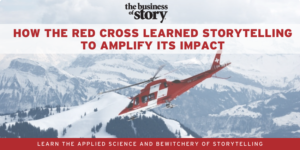







at 3:27 pm
[…] the obstacles and antagonists that may thwart customer […]
at 6:12 am
[…] Embrace your obstacles and antagonists to overcome any challenge your brand faces in connecting with and delivering for your customers […]
at 7:41 am
[…] Embrace your obstacles and antagonists to overcome any challenge your brand faces in connecting with and delivering for your customers […]